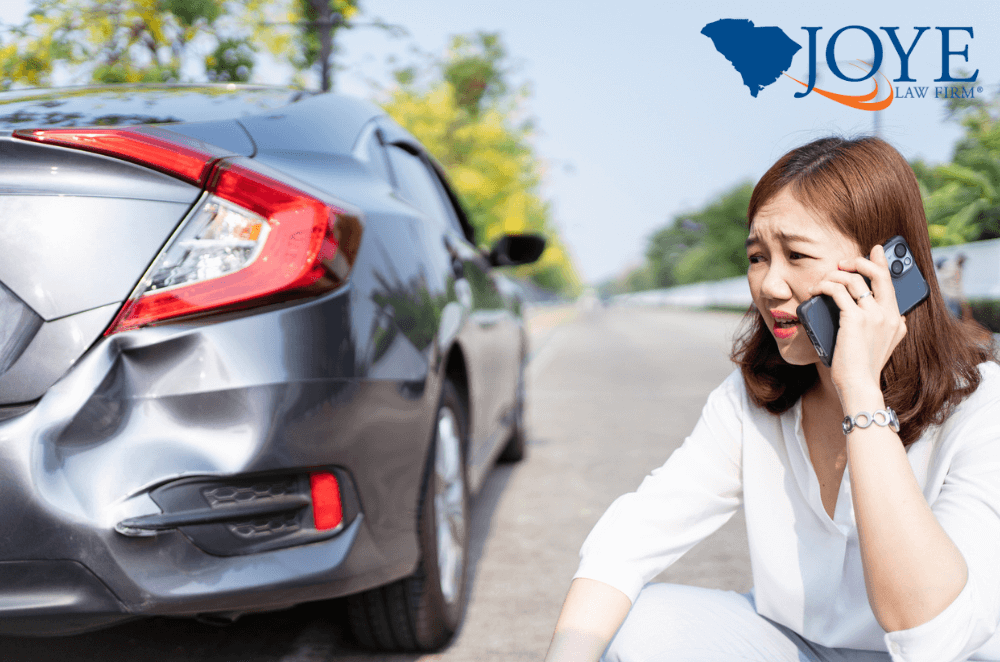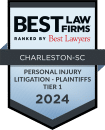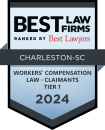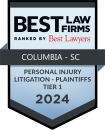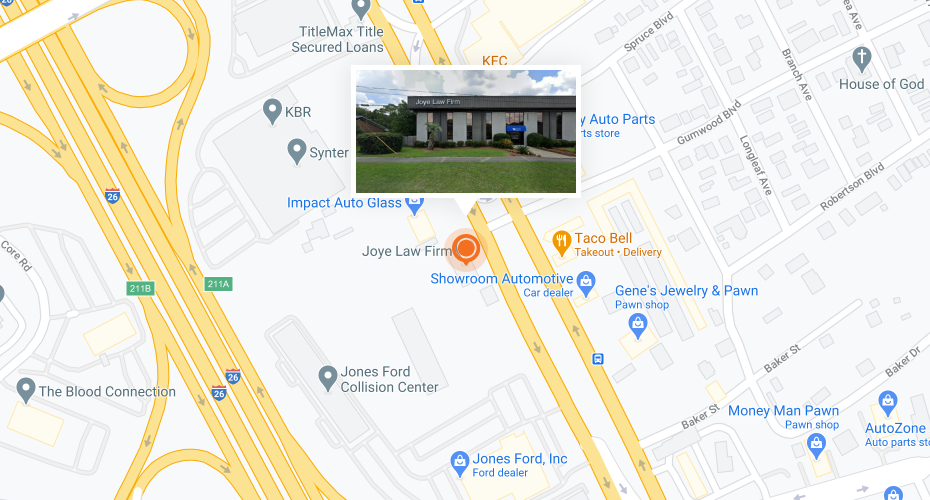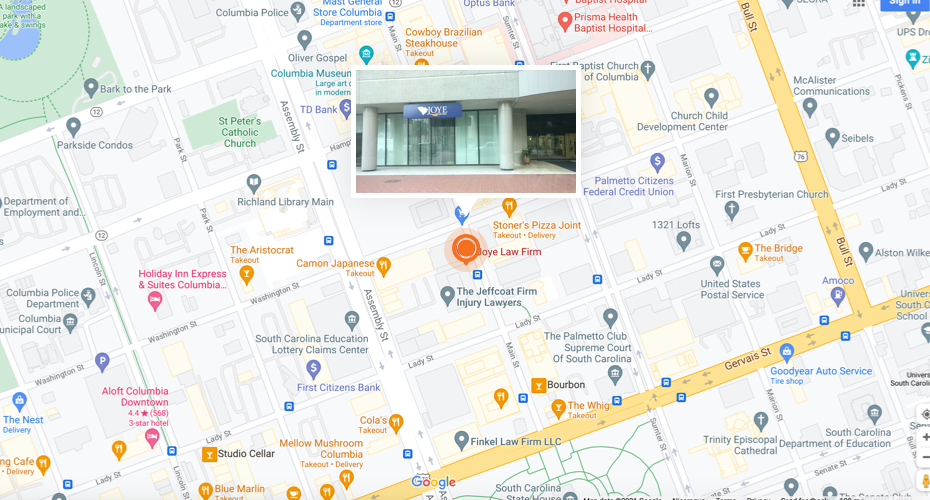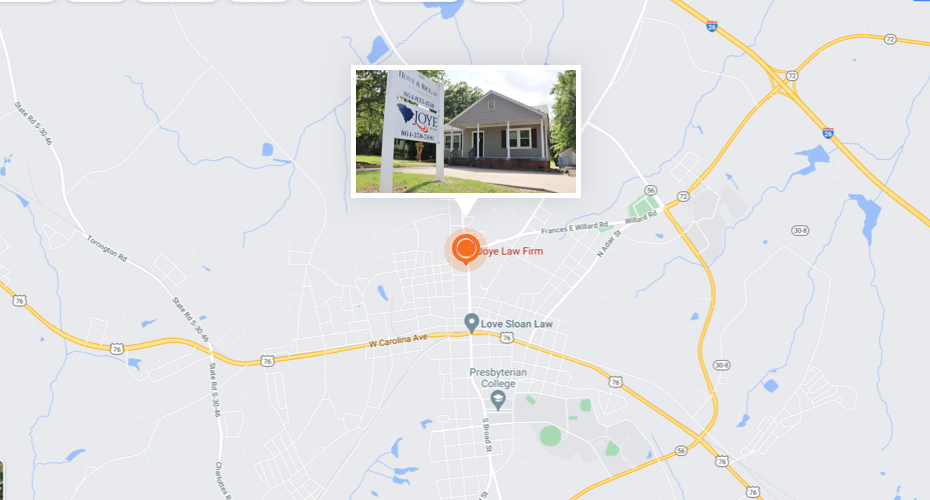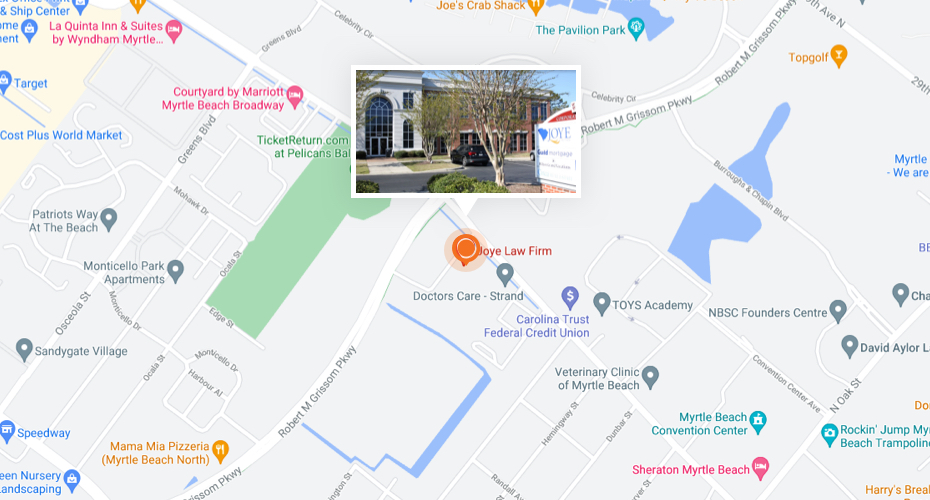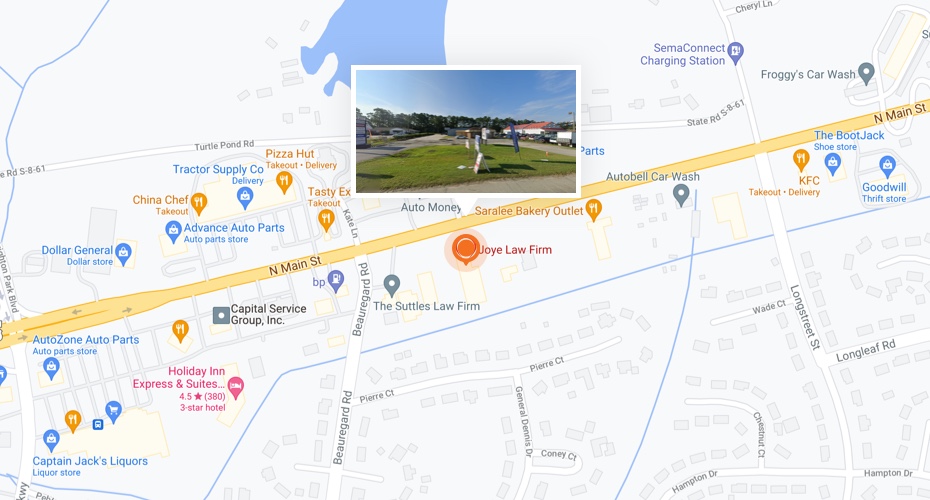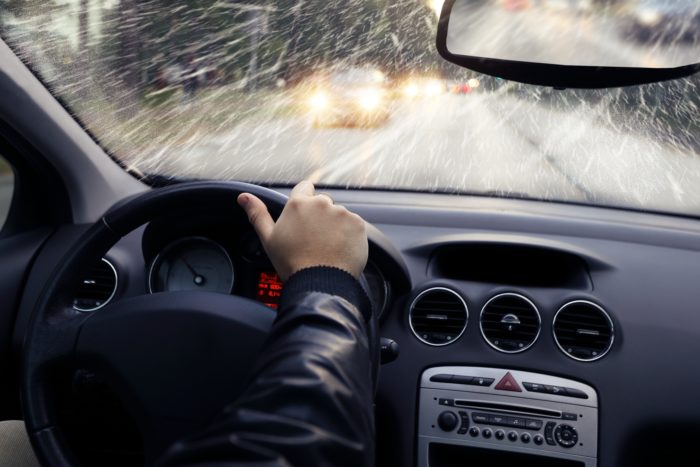
As temperatures begin drop in Columbia, Charleston, Myrtle Beach and across South Carolina, the probability increases of hazardous road conditions and weather-related car accidents.
Traditionally, South Carolina doesn’t get much snow. However, the January 3, 2018 storm that dropped 3 to 5 inches of snow across Charleston and other southeastern SC counties reminded us that South Carolinians do have to cope with winter weather. That storm caused more than 650 reported traffic accidents, three fatal crashes investigated as weather-related and at least 20 car accident injuries and 17 slip-and-fall accident injuries requiring hospital visits, according to The Post and Courier.
With cold weather and holiday driving on the way, now is a good time to review tips for driving safely in inclement weather conditions.
What to Do When Driving On Ice
The problem with driving on icy roads is that it is very easy for your car’s tires to lose traction and for you to lose control of your vehicle. Your tires could spin on an ice-covered roadway and leave you stuck in place or sliding out of control, or just one tire could spin on the ice and send your vehicle into a skid.
If the forecast is for freezing rain or a hard freeze after a snowfall has begun to melt, it is best to stay off the roads. If you can’t avoid driving in icy conditions, do so slowly and steadily.
In most instances, a driver will suddenly encounter a patch of icy road. You should be driving some 10 mph slower than usual if you are driving in icy conditions. If you hit ice and feel your vehicle lose traction, ease up on the accelerator. You want your car’s momentum to carry you across the ice.
Driving On Black Ice Can Be Dangerous
Black ice is different only because it is clear ice that blends in with the typically black color of the road. This makes it a hidden hazard that tends to surprise drivers, causing loss of vehicle control that leads to wrecks.
Black ice forms after rain freezes or melted snow refreezes, often at night. It more likely in areas that do not warm up enough in the daylight to dry, or where runoff water collects. This includes bridges and elevated ramps, which are surrounded by cold air; underpasses, which remain in the shadows of bridges; the outside lanes of multi-lane roads, because roadways slope toward their shoulders; and at the bottoms of hills.
Slow down when approaching areas where black ice is likely to form. During the day, ice on the road may reflect the sun. At night, it may reflect headlights. If the tires of the cars ahead of you suddenly quit spraying water, they may be on ice.
How to Drive in the Snow
If you must drive in the snow, you want to do so at a slow and steady pace as far from other vehicles as you can. The objective is to avoid sliding and to avoid other vehicles if they slide.
Slow down by at least 10 mph on snow but keep a steady pace headed as straight as possible. To avoid sliding or skidding, be careful when braking and turning. When possible, ease off of the accelerator to slow your vehicle instead of braking.
Allow more distance between your car and cars ahead of you. You need more distance than usual to stop or slow down on roads made slick by snow. You also want room to react and slow or stop if the car ahead of you suddenly goes into a spin or stops unexpectedly.
If your car starts to skid, stop accelerating, but do not brake. Steer your car in the direction you want to go. If the skid continues and your car starts to spin around, steer gently into the skid, i.e., toward the end of the car coming around. This should counter the spin and, as it does so, straighten the wheels and accelerate slowly when you feel the tires grip the road.
Driving in Heavy Rain and Sleet
Heavy rain can fall at any time of the year. In the winter, it can change to sleet. Heavy rain and sleet create slippery roads and greatly reduce visibility. Once again, driving at a speed that is safe for the weather and road conditions is your first step toward increasing your safety.
When a heavy rain falls, it can bring to the surface oil on the roads. This can make roads extremely slippery in the first half hour to hour of a heavy rain before this sheen washes away.
Heavy rains also cause puddling in low-lying areas, as well as on roads where the drainage ditches are overwhelmed by the sudden deluge. Steer clear of puddles.
If your car starts to hydroplane, which is essentially skating across built-up water, take your foot off the accelerator and steer gently in the direction you want to go. As your tires re-establish traction, accelerate gently.
Driving at Night in Inclement Weather
Rain at night decreases visibility and wet roads reflect the light from vehicles, street lights and commercial establishments to create glare. The dark of night can make it hard to see pooled water or to judge its depth. Many people, especially older adults, find it difficult to drive at night, particularly in rain and adverse weather conditions.
Avoid the “blindness” created by focusing on the middle of the area illuminated by your headlights or looking at other vehicles’ oncoming headlights. Your eyes will recognize images coming out of the dark better if you focus on the edges or outlines of objects instead of looking directly at them.
Use your headlights’ high beams in poorly lit rural areas. Remember to dim high beams for oncoming traffic or approaching cars. Check that your high beams are not reflecting off of heavy rain, snow or fog and making visibility worse. In very heavy fog, rain or snow, turn on your hazard lights to make your vehicle more visible to others.
Contact Our South Carolina Car Accident Lawyers
When car accidents happen in bad weather, they’re not always weather-related. If you were injured in a car accident caused by a driver who failed to exercise the proper level of caution inclement weather demands, he or she may be held legally responsible for your injuries and medical bills.
Our attorneys at the Joye Law Firm help clients seek just compensation for losses in a bad-weather car accident. We have offices in Charleston, Columbia, Clinton and Myrtle Beach, and accept cases from across South Carolina. Contact us about how we can help you today.






